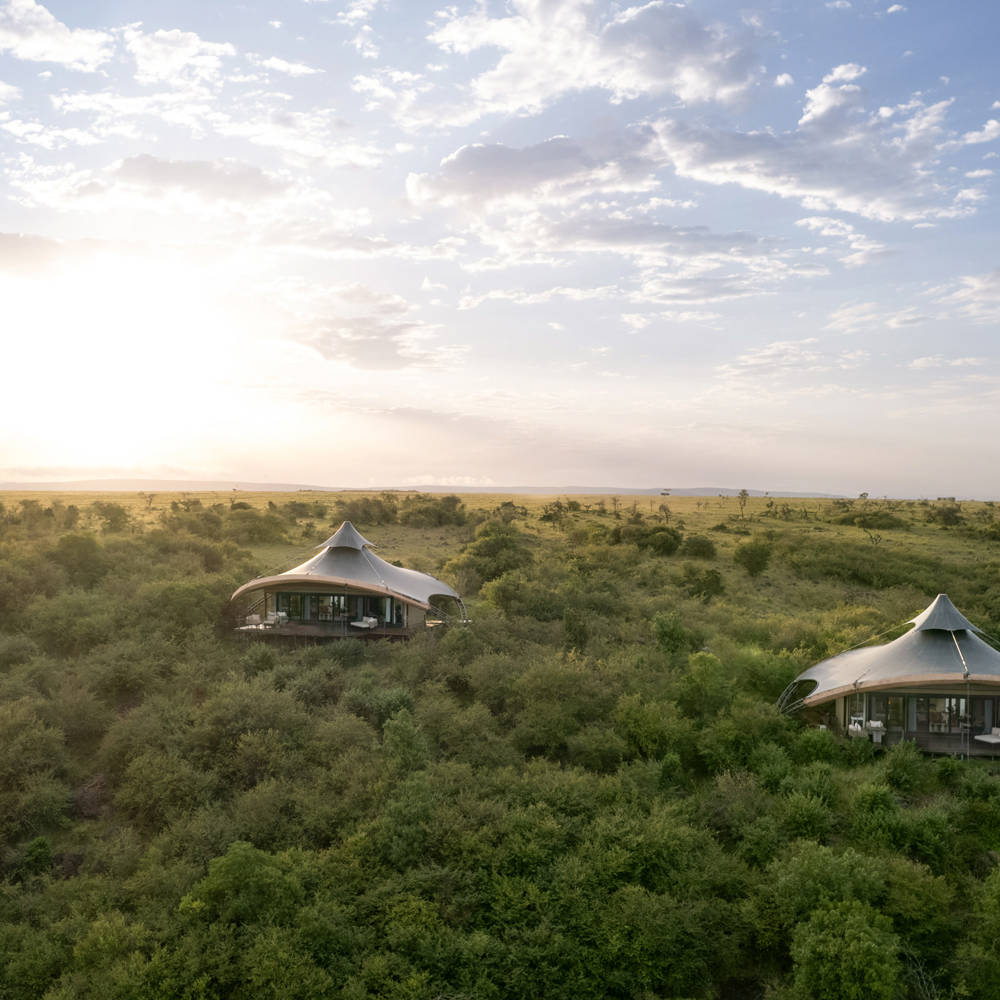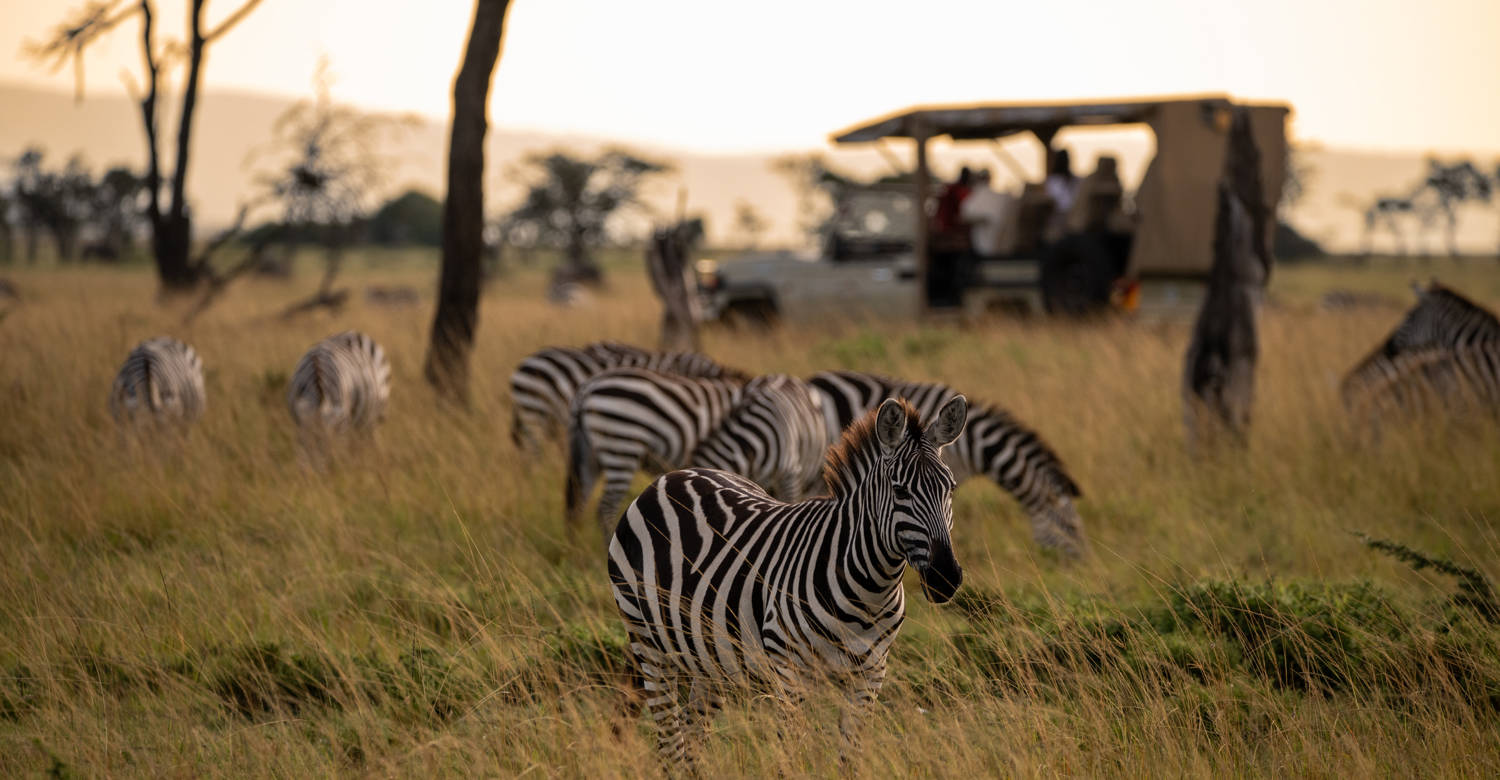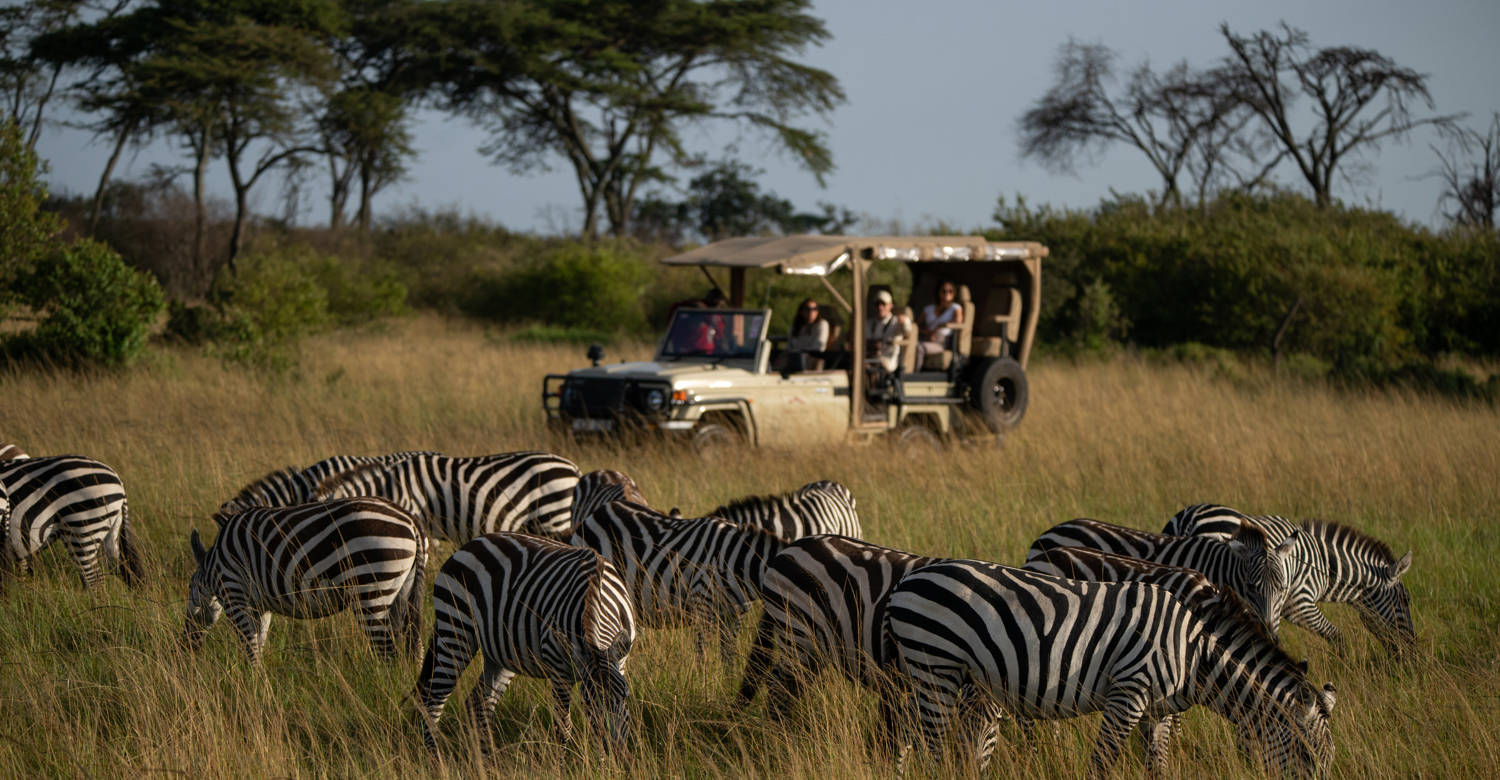Game drives
Spectacular sightings
Every game drive at Mahali Mzuri is a thrilling adventure through Kenya’s breathtaking wilderness, where no two safaris are ever the same. From dramatic savannah views to romantic, golden-hued horizons, you'll encounter an incredible variety of wildlife, including wildebeest, elephants, zebras, lions, leopards, cheetahs, giraffes, impalas, and gazelles - and that’s just the beginning. Discover the raw beauty and unforgettable excitement of a luxury safari in the heart of the Kenyan plains.
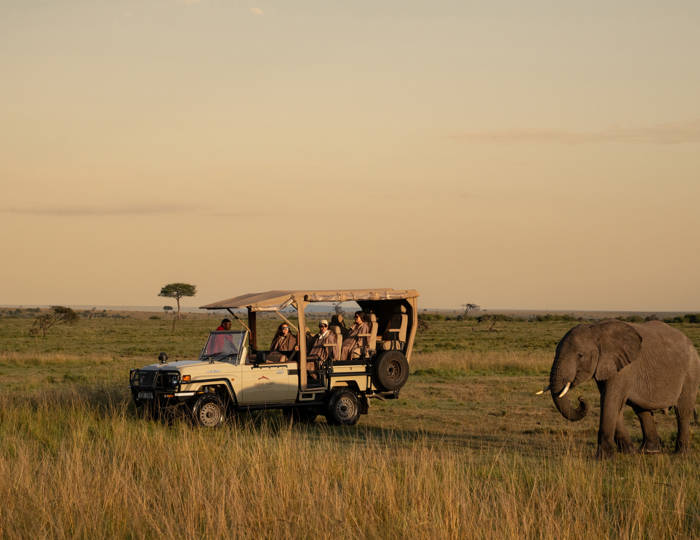
Twice-daily game drives
Experience the thrill of twice-daily game drives at Mahali Mzuri, where every outing brings a new adventure through Kenya’s breathtaking landscapes. From close-up wildlife encounters to sweeping views of the savannah, each drive offers unforgettable moments and picture-perfect scenes.
Included in your stay, these expertly guided early morning and late afternoon safaris let you witness the wild come alive, whether it's the golden glow of sunrise or the magic of a sunset over the plains.
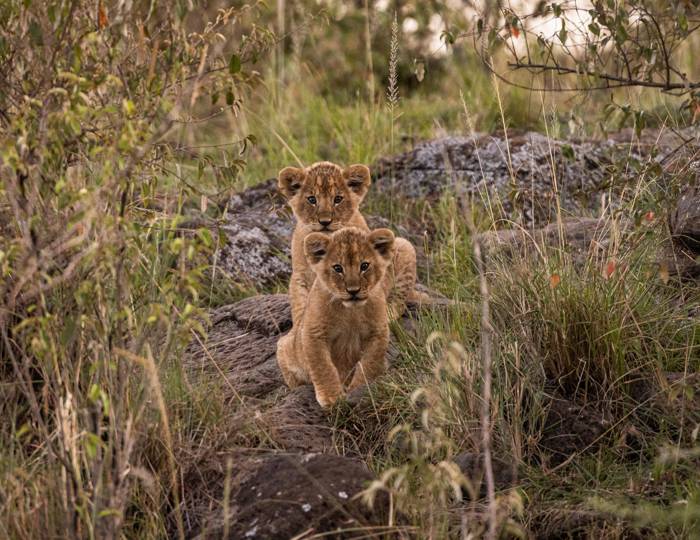
Wildlife
Prepare to witness nature at its most raw and breathtaking - right on your doorstep at Mahali Mzuri. From heart-pounding predator encounters to sweeping savannah vistas, the Olare Motorogi Conservancy delivers non-stop safari drama that will leave you speechless. This is the wild, untamed Kenya you've always dreamed of.
Here, lion pride territories collide in epic battles for dominance, creating thrilling scenes just moments from camp. And with around 150,000 Loita wildebeest calling the conservancy home year-round, you're guaranteed front-row seats to one of Africa’s most dramatic and exclusive wildlife spectacles.

Our guides
Join our expert guides for twice-daily game drives at Mahali Mzuri and get ready for a front-row seat to the wild heart of Kenya. With years of experience and a deep knowledge of the land, our team will take you on thrilling journeys through the Olare Motorogi Conservancy, where unforgettable wildlife moments await around every corner.
Our guides don’t just lead the way, they bring the landscape to life. With a sixth sense for tracking wildlife and sharing captivating stories about the ecosystem, they ensure every drive is unique, insightful, and packed with adventure. Whether it’s your first safari or your tenth, their passion and expertise turn every outing into an unforgettable experience.

Olare Motorogi Conservancy
Located in the heart of Kenya’s Maasai Mara ecosystem, the Olare Motorogi Conservancy is a wildlife-rich sanctuary offering one of the most exclusive safari experiences in Africa. Covering over 33,000 acres of protected land, it is home to an incredible concentration of wildlife, including lions, leopards, cheetahs, elephants, giraffes, zebras, and over 300 bird species. With strict limits on vehicle numbers and guests, every game drive feels private, peaceful, and deeply connected to nature.
Mahali Mzuri is proudly situated within this remarkable conservancy, giving guests front-row access to some of Kenya’s most spectacular wildlife moments, including the awe-inspiring Great Migration. Beyond the luxury and adventure, Olare Motorogi is also a model for sustainable tourism, supporting conservation initiatives and local Maasai communities. A stay here means not just experiencing the wild - it means helping to preserve it for generations to come.

Safari Live: 24/7 from Mahali Mzuri
Welcome to your private window into the Maasai Mara at Mahali Mzuri. Watch the action as it happens on the 24/7 live stream, or catch up with the wildlife highlights: from lions lounging in the grasslands to giraffes gliding across the horizon and the occasional wildebeest sprint stealing the show.
It’s nature’s greatest drama, always playing out. Front-row seats included.
